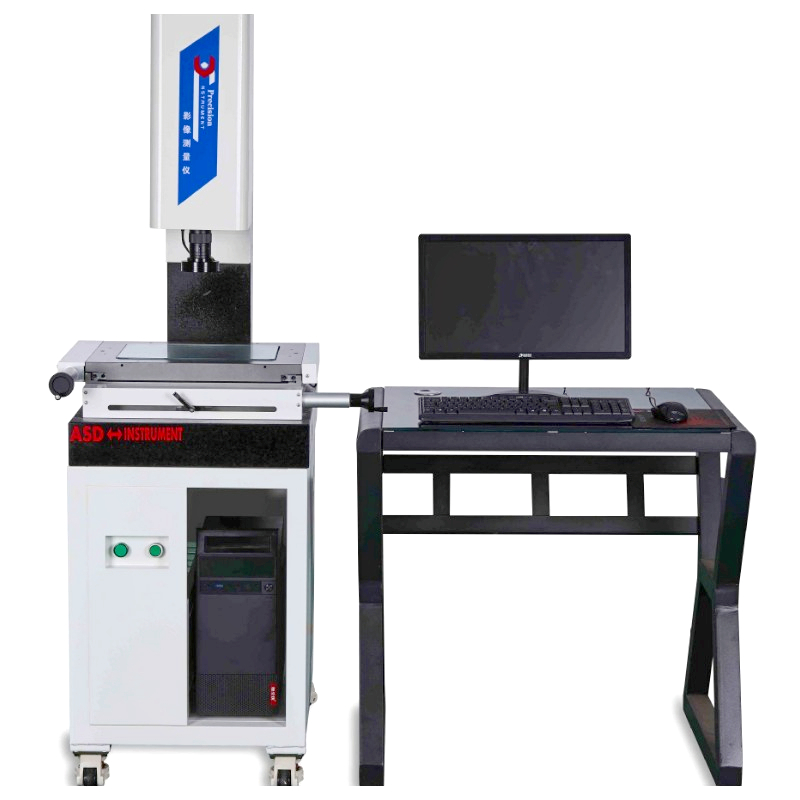Semi-automatic Video Measuring Machine
Features of semi-automatic Video Measuring Machine:
The main body of the equipment is made of high-precision natural granite, which has stable temperature characteristics and resistance to aging deformation, ensuring measurement stability and long-term accuracy.
High precision fully closed-loop automatic zoom optical lens
Telecentric optical principle: Adopting a parallel light path optical design, the size of the object's image does not change with the distance from the lens, resulting in additional measurement errors in the perspective effect.
An automatic zoom optical telephoto lens is a lens specially designed to correct the parallax of traditional lenses. It can be used within a certain object distance range to ensure that the magnification of the obtained image does not change with the change of object distance. This is an important application for situations where the measured object is not on the same surface.

Semi-automatic Video Measuring Machine,Semi-automatic Video Measuring Instrument,Auto Focusing Measuring Instrument Manufacturer in China
Zhejiang dexun instrument technology co., ltd , https://www.dexunmeasuring.com